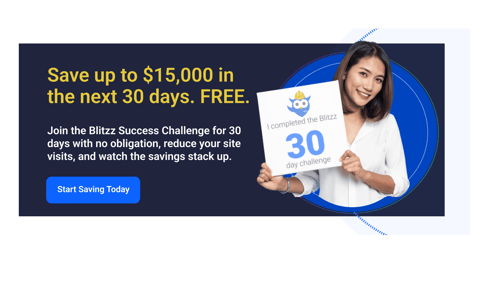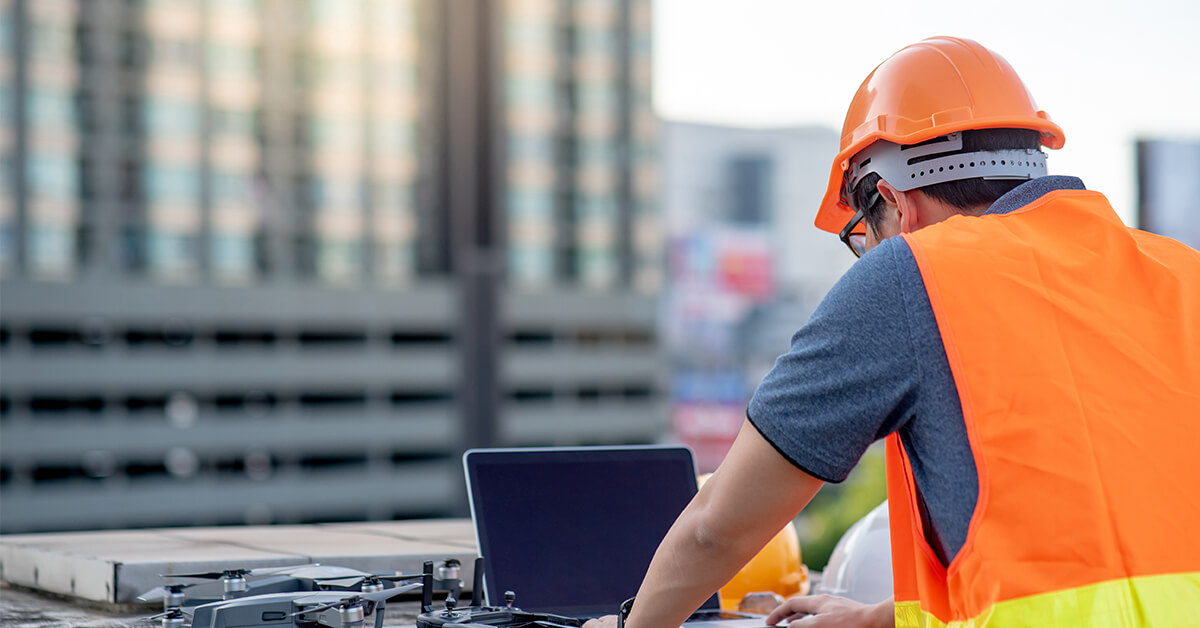The Challenges of Remote Audits: 5 Problems Auditors Face
Thanks to a global pandemic in 2020 and its lasting effect on the world, most companies, big and small, instituted remote work in some form. In some cases, it was a positive change. In others, it was more challenging.
Auditing and inspection teams are prime candidates for remote empowerment. Being able to cut down trip volume (time), which helps reduce expenses and maximize auditor efficiency, is why remote auditing is attractive.
While remote auditing does come with a long list of benefits, those benefits come with a few challenges as well. But with the right toolset and processes in place, these challenges can easily be overcome.
Overcoming the Challenges of Remote Audits
Remote audits come in all different forms, so some of these challenges will be critical for your team while others are not so critical. Being aware of potential challenges and how to manage or overcome them is the best way to prepare your auditors for success.
1. Paper-Based Information Challenges
One of the challenges auditors face is dealing with the review of paper-based information. Of course, as more and more industries are embracing digital transformation, paper-based systems are on their way to being rare. But there are still many instances where inspectors and auditors will come in contact with paper-based information and reviewing that information remotely has obvious challenges.
There are a couple of ways to deal with this, of course. Being able to digitize the information through scanning is one way. This is often a challenge in itself, especially if there are a lot of documents. But there is another challenge auditors face - and it’s one we’re all familiar with: problems with translation - especially in difficult information like product serial numbers, account numbers, and the like.
Trying to decipher text across a video call and recording it on the auditor's side is not always easy. We all know the mental gymnastics it takes to communicate, “G as in Gary… O as in Opal… oh wait! That’s a zero! I think…”
One easy way to overcome this is with a video chat tool that can extract data from the image. For example, the auditor connects with a client through their phone’s camera, and they can show them a document. The auditor can easily grab the image from the video, and with a click or two, extract the text from the image.
2. Virtual Communication Challenges
A lot of remote auditing at this point is done verbally. And when communicating over the phone, or even over a meeting software like Zoom, not having the ability to use body language is a challenge to overcome.
If you’ve ever tried the old communication exercise of getting someone to draw a picture using only verbal cues, you know how difficult it can be, especially when the auditor doesn’t have great chemistry with their audit counterpart.

In person, auditors could point at something and say “what’s this?”
When you’re remote, it can devolve into something like “what is that thing under the other thing…”
Today, remote auditors can annotate and draw on an image captured from the phone camera or webcam of their counterpart. Being able to quickly highlight, point out, and give visual instructions can augment verbal communication and effectively overcome this challenge.

3. Access Challenges
In some cases, auditors need access to certain personnel, and in certain locations, such as where equipment or systems are located. When you’re auditing in person, it’s easy to walk to someone’s office or to the location of the equipment together.
When you’re locked into a meetings software or on a virtual desktop, it can be a pain to get who you need where you need them. This challenge compounds when you add more locations and additional personnel and process owners.
To overcome this challenge, your remote auditing tools should include the functionality to easily add any person you need without them having to download and set up the software. With Blitzz, for example, connecting with a person in just about any location is as easy as texting a single link. They can click the link and instantly connect through video chat using their mobile device.
4. Audit Evidence Integrity
Virtual audits don’t have the same level of visibility as an in-person auditor would have. Ensuring the integrity of audit evidence is critical. With digital documents, remote auditing paperwork can be easy using file sharing and virtual meetings software, where you can share screens and go over the information in the document and ensure compliance.
However, when the audit evidence is not something you can easily upload, it gets more challenging. In these cases, auditors have usually just resorted to traveling physically to the location. It was the only way to get the visibility they needed to ensure the integrity of the audit. But now, with professional-grade remote video chat tools like Blitzz, auditors can achieve a high level of visibility through the cameras on mobile devices. With this, the auditor’s eyes can go wherever they need to go and see whatever they need to see.
5. Tools and Tech Challenges
Completing a successful remote audit requires the right tools to accomplish the right tasks. There is rarely a single tool that can accomplish all the things an auditor needs to do. Most companies have a tech stack of various tools their auditors need to be effective.
Video Conferencing Apps
The most common video conferencing tool is Zoom. Prior to 2020, Zoom was already popular for virtual meetings and webinars. Once the global pandemic made remote work a necessity in almost every industry, Zoom developed a lot of powerful features to make virtual meetings as powerful (or more powerful) as in-person meetings.
Document Sharing Apps
As mentioned before, in many remote audits, the need to review documentation is a recurring task. Having the ability to securely share documentation with the auditor is key, and the process of sharing documents must be easy for all parties involved. You don’t want the audit timeline to stretch on and on because of issues uploading or sharing documents.
The most common document sharing apps are Dropbox and Google Drive, with some companies also using Amazon AWS. Some auditors will utilize proprietary auditing software, requiring companies to upload the documents directly to their servers, which is often more secure than public file sharing platforms.
Audit Management Tools
Having the right audit management software is critical for almost all internal auditors. Auditboard is one of the more popular auditing apps available, with a robust set of features and tools for audit integration and collaboration.
Make Remote Audits Easier
As said before, communication and visibility are important in a great variety of audits. Having an easy-to-use and full-featured professional video chat application has all kinds of benefits. Blitzz allows auditors to quickly gain visual access to remote locations by sending a one-click invite through text or email to their auditing counterparts.
Adding a tool like Blitzz to your remote audit tech stack is an easy and affordable way to make your remote audits more reliable, efficient, and easy to complete. With a tool like Blitzz, auditors can complete audits with notes, photos, and videos with the same (or more) thoroughness and efficiency as an on-site visit.
It’s easy to see how it works, just click here and try it out for free.
If you would like to talk to an expert about how Blitzz could augment remote auditing for your team, you can schedule a free consultation here
.png?width=120&height=55&name=Blitzz-Logo-right%20white%20eyes%20-%20not%20transparent%20(3).png)



